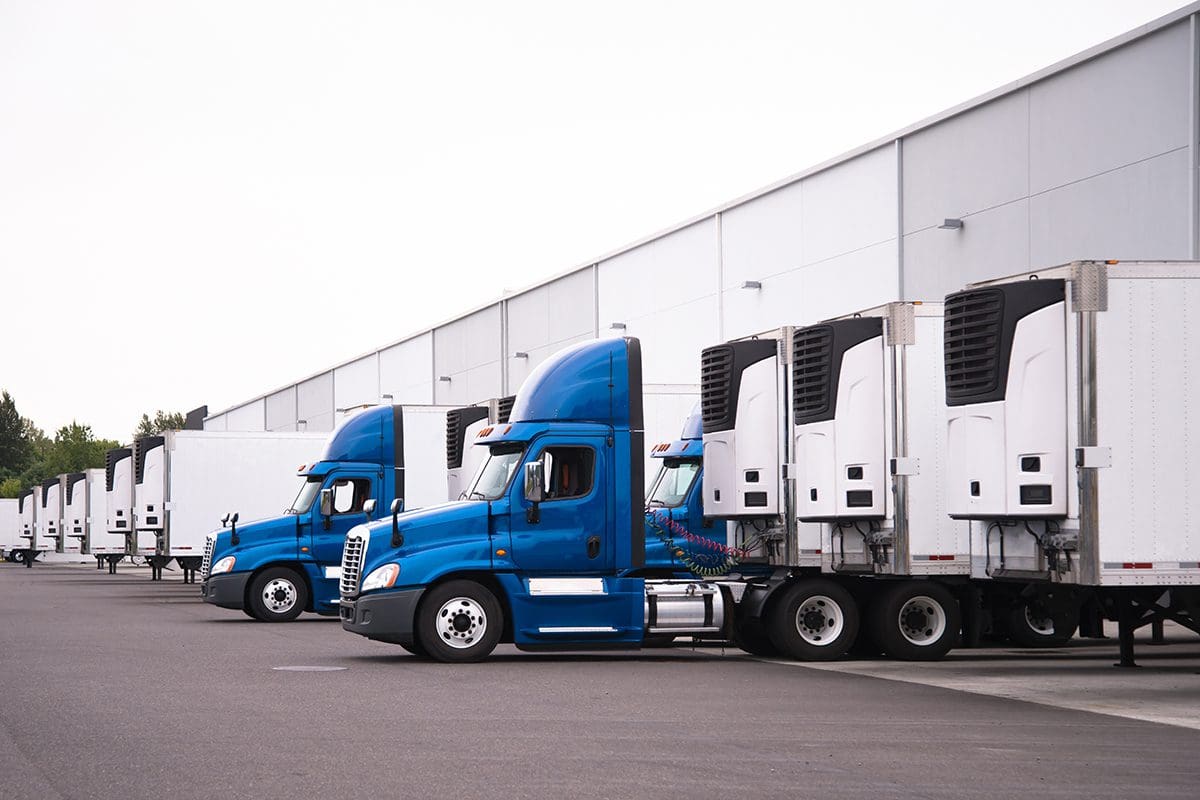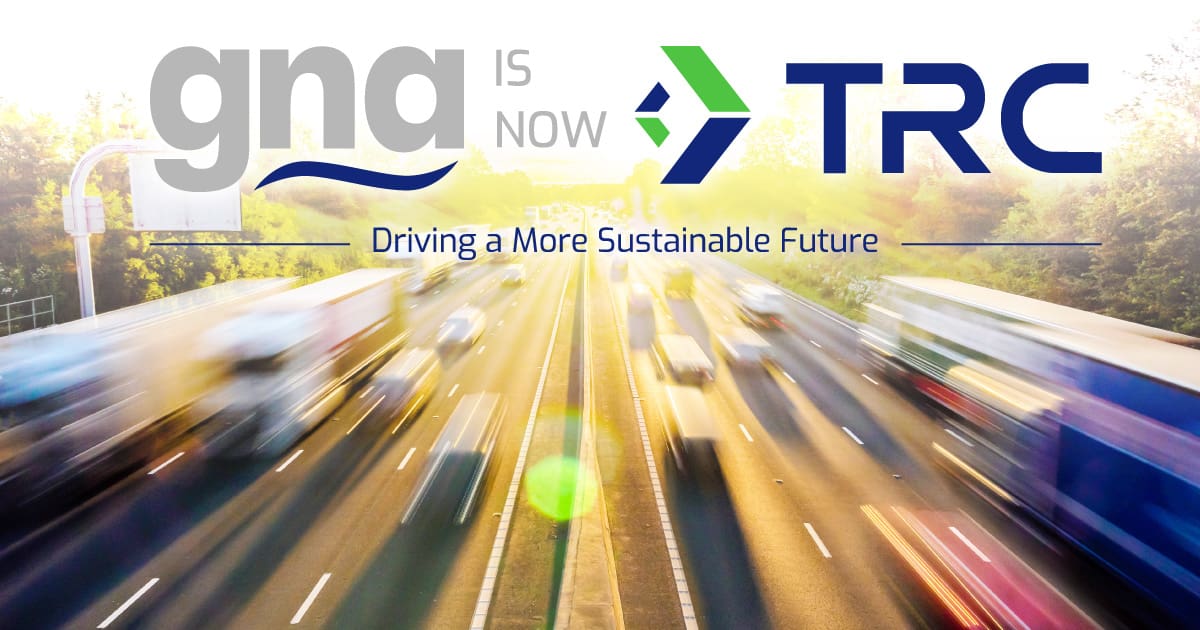
- GNA Insight
- News Story
The WAIRE Rule: One Year Later
March 7, 2023
Source: ACT News
More than a year has passed since the South Coast Air Quality Management District (South Coast AQMD) approved and implemented the Warehouse Actions and Investments to Reduce Emissions (WAIRE) Program with the purpose to reduce the impact of emissions created by diesel truck traffic near and around warehouse locations.
In that time, warehouse owners have had to reexamine their approach to operations management to effectively comply with the rule and mitigate the risk of costly fees for inaction. This has led several to the realization that compliance, in many ways, is more challenging than they initially believed. The rule requires them to plan for the future and make investments in personnel, vehicles, and infrastructure.
The Next Steps
One of the areas where warehouse operators have learned they need to take a new approach is when it comes to logging vehicle traffic at their location. Depending on their individual mitigation plan for WAIRE, specific data must be tracked and recorded to take advantage of the credits earned for zero-emission and near-zero emission commercial vehicle visits. Typically, this is done through a guard gate or loading dock check-in process. However, these interactions do not often capture the vehicle information required to benefit from these credits — VINs, fuel types, and vehicle weight classes.
Another area where warehouse operators have been finding frustration is with vehicle acquisition. Anyone who has tried to order a vehicle in the past year, whether it was diesel or zero emission, knows that the time between purchase and ultimate delivery of the vehicle has been steadily growing. Some acquisitions have amassed more than a year of lead time. This can complicate planned mitigation actions for early compliance years.



